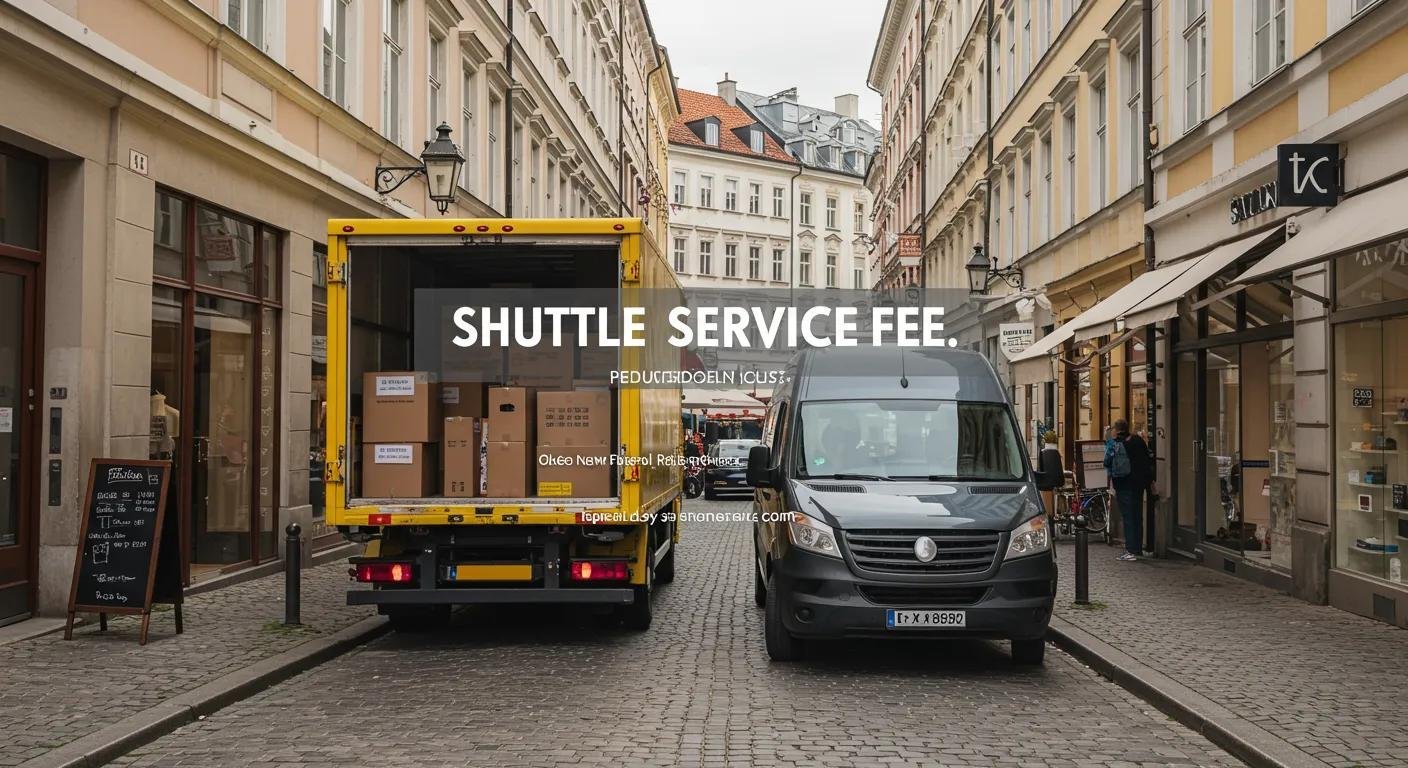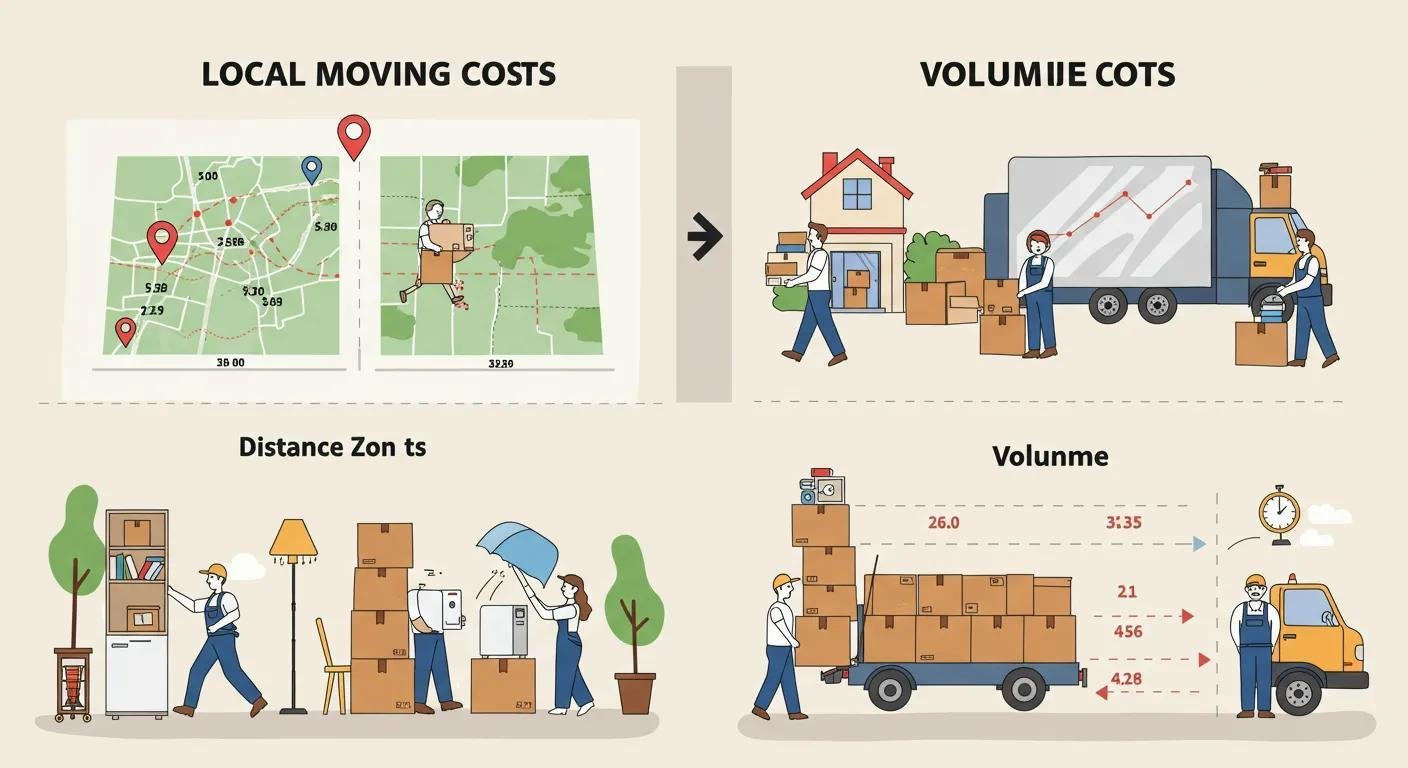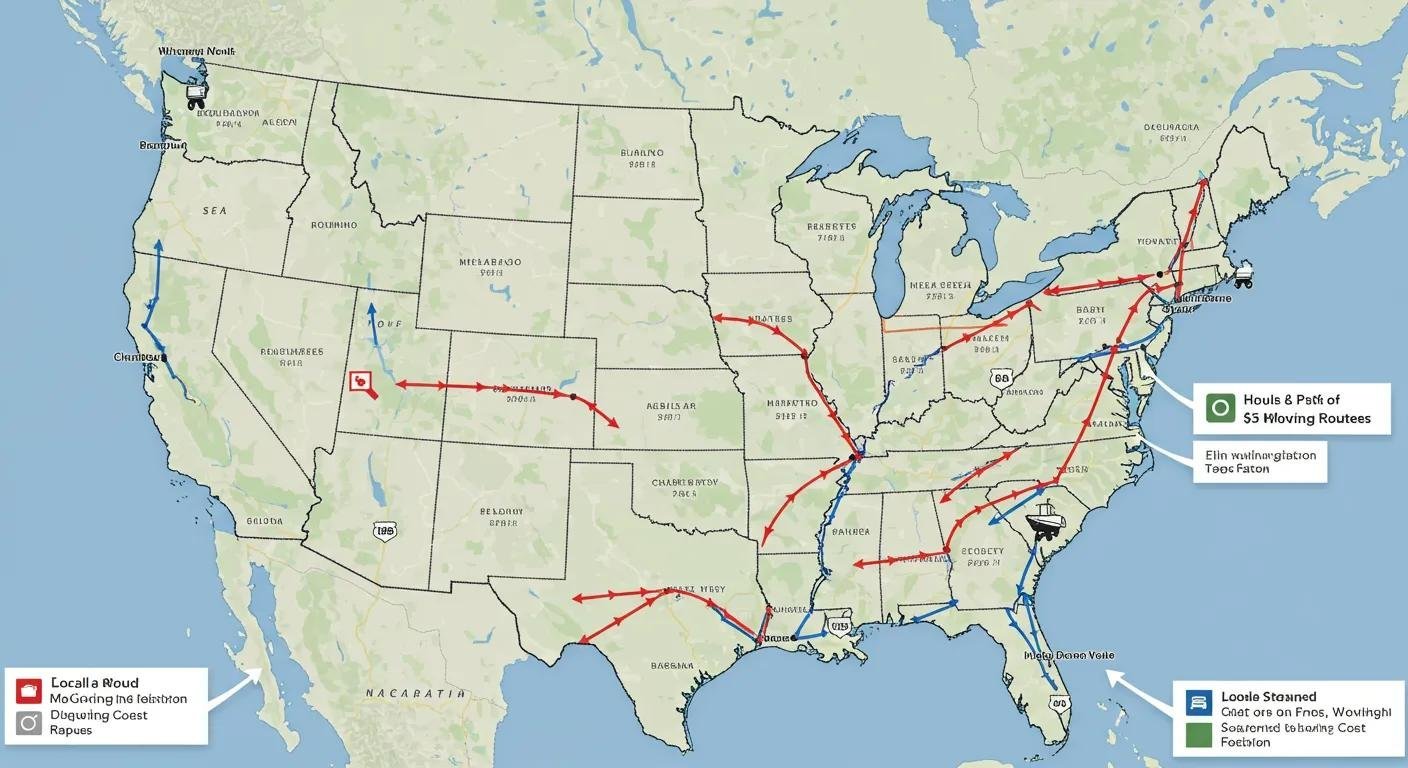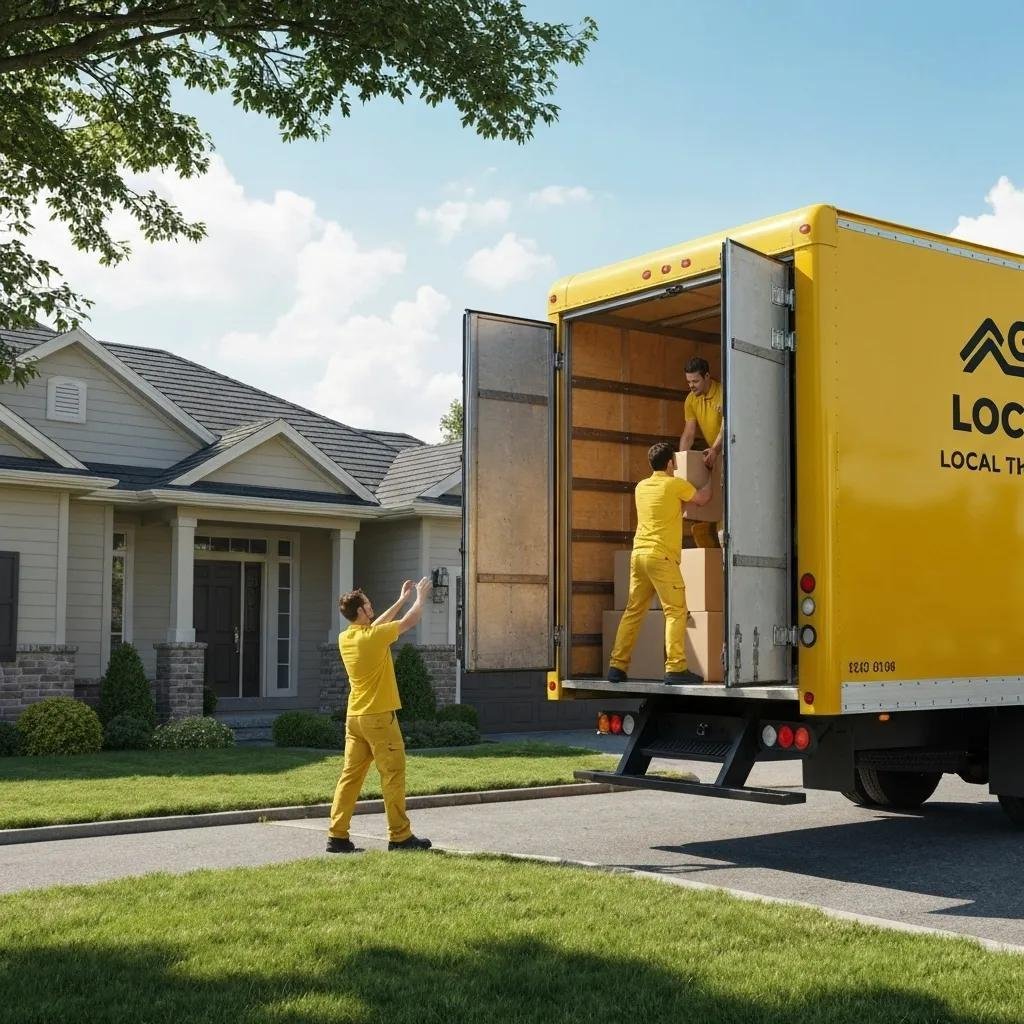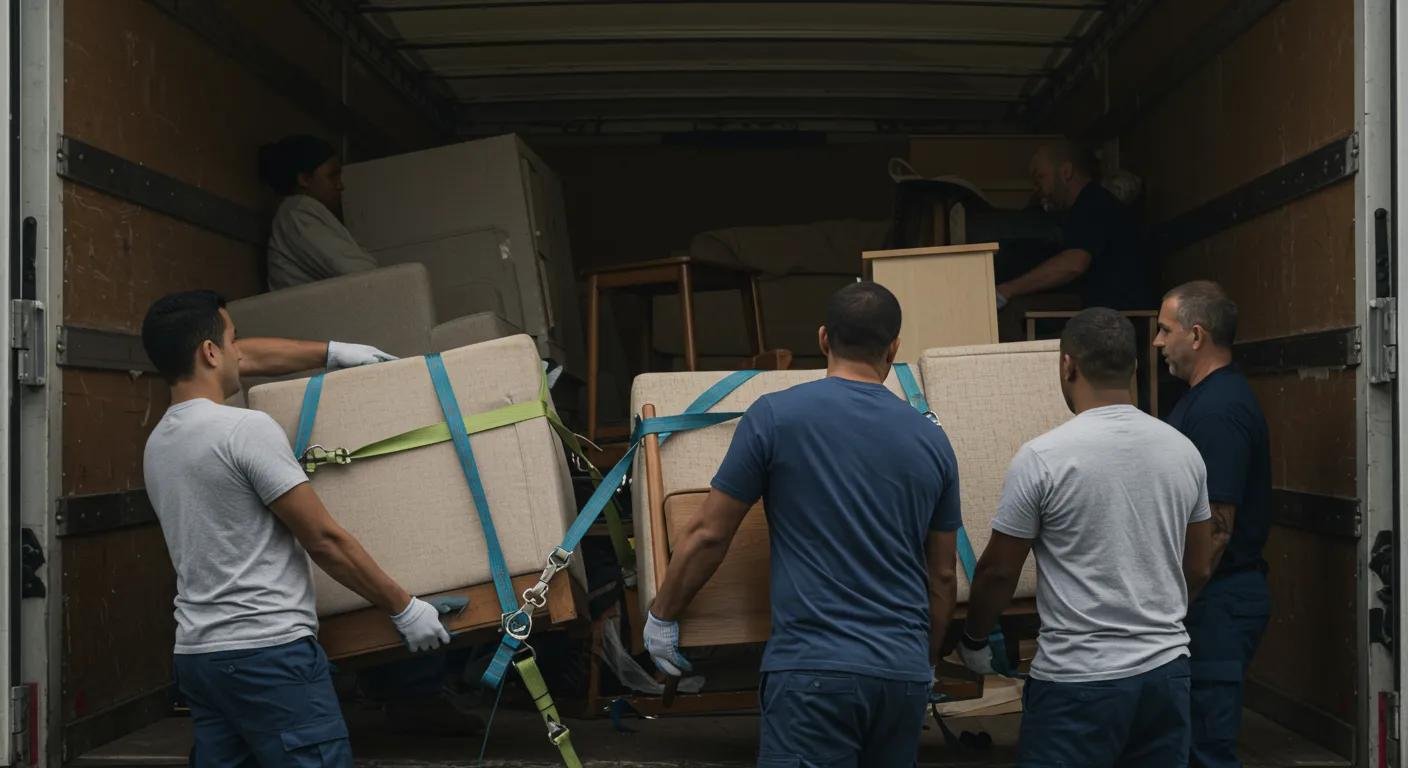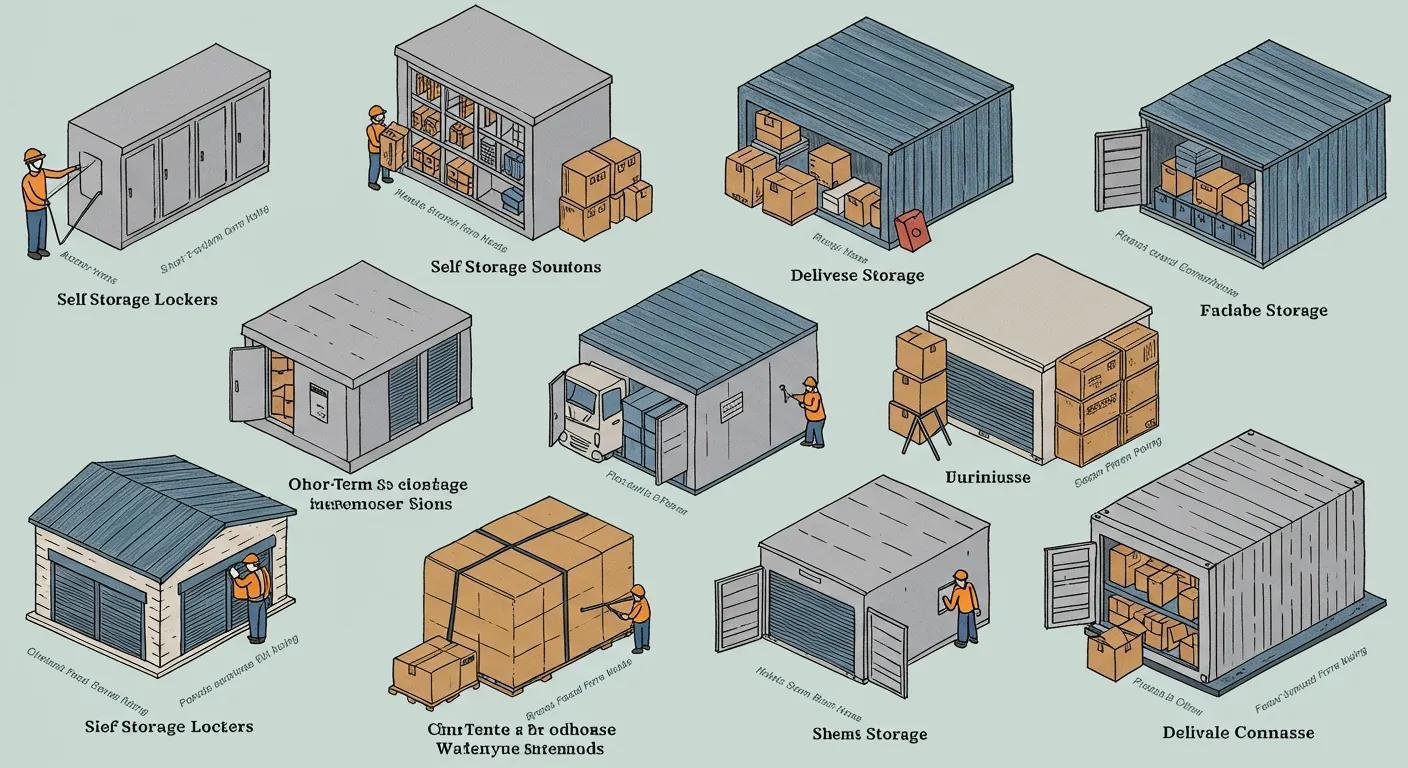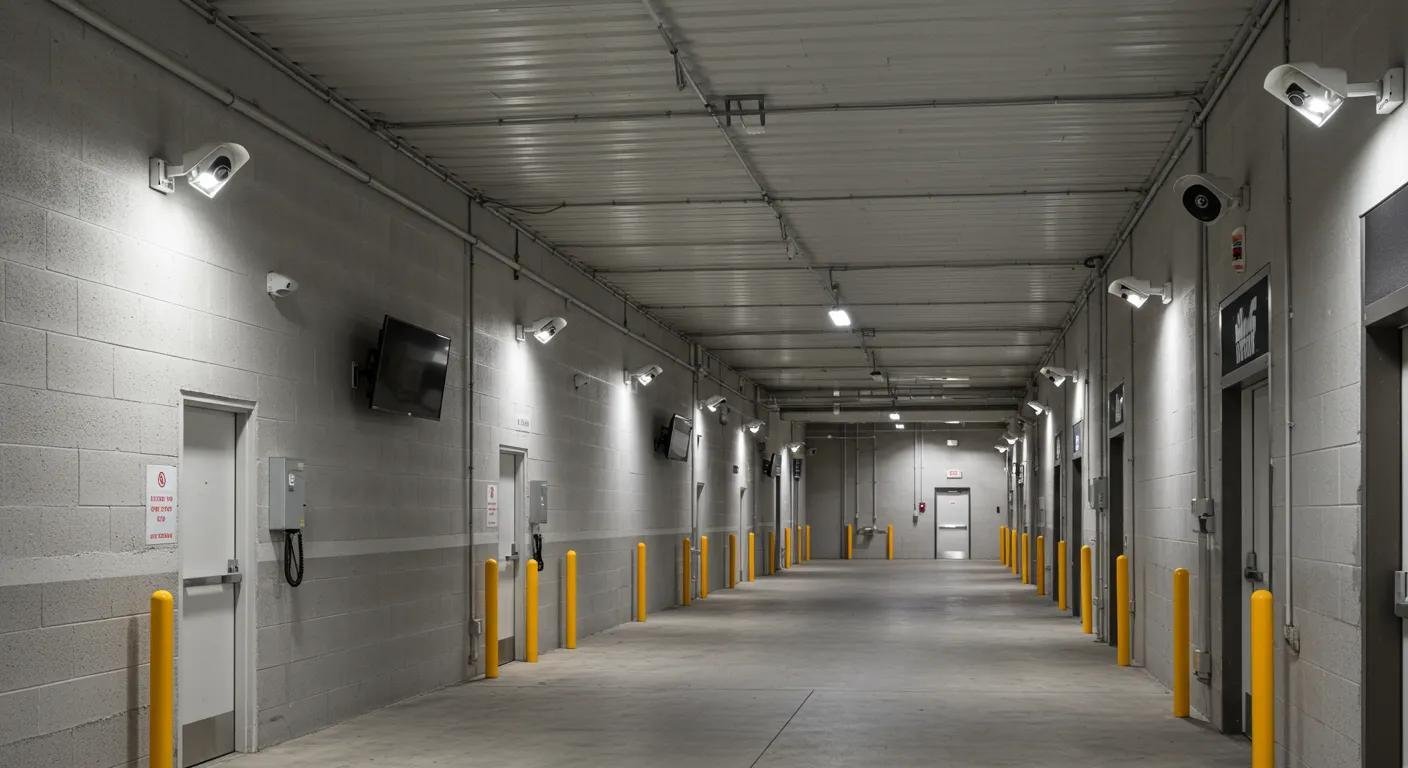How to Choose the Best Local Moving Company: Essential Tips for Hiring Reliable Local Movers
Did you know that 84 percent of consumers trust online moving company reviews as much as personal recommendations?
How Online Reviews Shape Customer Decisions in the Moving Industry
Customer reviews are identified as a primary factor influencing potential clients’ decisions when selecting a moving company, serving as crucial proof of reliability, trustworthiness, and service quality. The article highlights that online feedback offers unfiltered experiences from real individuals, leveraging “social proof” to build confidence in a company’s expertise and dependability.
This research supports the article’s assertion regarding the significant impact of online reviews on consumer trust and decision-making when hiring moving companies.
Selecting the right local moving company can save you hundreds of dollars and protect your belongings from damage. This hiring guide for local movers will cover five key factors to evaluate, methods for assessing reputation, critical pre-move questions, strategies for comparing quotes, and red flags to avoid. Along the way, trusted providers such as Boston Movers- Moving Made Easy. Horizon Boston Movers | demonstrate how transparent pricing and comprehensive services simplify your relocation choices.
What Are the Key Factors to Consider When Hiring a Local Moving Company?
Key factors are attributes that determine a mover’s reliability, safety, and value. Evaluating these criteria ensures your household goods arrive on time, intact, and within budget. For example, verifying insurance protects your possessions if an accident occurs, while transparent pricing locks in expectations.
Before booking, focus on these essentials:
- Licensing and insurance credentials for legal compliance and protection
- Reputation and customer feedback for performance insight
- Range of services offered to meet your specific needs
- Pricing transparency to avoid unexpected charges
- Crew experience and training standards for careful handling
These five factors form the foundation of a dependable local moving company, guiding you toward a secure and efficient relocation.
Why Is Licensing and Insurance Crucial for Local Movers?
Licensing verifies that a mover meets state and federal safety regulations while insurance coverage protects your belongings against loss, damage, or theft. Licensed moving companies demonstrate financial responsibility through bonds, and insurance policies cover repair or replacement costs. Understanding this relationship between authorization and protection sets the stage for confirming credentials.
Moving Companies Are Subject to Industry Regulations: What You Need to Know
Legitimate moving companies are required to be licensed and registered, with interstate movers needing to comply with Federal Motor Carrier Safety Administration (FMCSA) regulations and possess a valid U.S. DOT number. Additionally, companies must carry various insurance coverages, including liability and cargo insurance, to safeguard belongings during transit and ensure consumer protection.
This information directly verifies the article’s emphasis on the critical importance of checking a moving company’s licensing and insurance credentials for legal compliance and consumer protection.
How to Verify a Moving Company’s License and Insurance Credentials?
- Obtain the USDOT and MC numbers from the mover.
- Search the Federal Motor Carrier Safety Administration (FMCSA) portal or your state’s transportation registry.
- Request a certificate of insurance detailing coverage limits and policy duration.
- Cross-check policy validity with the issuing insurance provider.
Verifying these credentials ensures you hire a compliant and financially secure moving company.
What Services Should a Reliable Local Moving Company Offer?
A professional mover delivers both core relocation tasks and optional support services tailored to your needs. The following table compares standard offerings:
How Can You Evaluate Moving Company Reviews and Reputation?

Reputation is shaped by authentic customer feedback and performance consistency. Analyzing reviews reveals service strengths and potential shortcomings, enabling you to make an informed decision. When testimonials emphasize careful handling, you can expect similar attention to your move.
Where to Find Trustworthy Local Moving Company Reviews?
- Better Business Bureau for ratings, complaints, and dispute history
- Google Reviews for recent customer experiences and star ratings
- Yelp for detailed narratives on service quality and professionalism
- Neighborhood forums and community groups for hyper-local insights
Consulting multiple sources paints a comprehensive picture of a mover’s reliability and customer focus.
How to Identify Fake or Misleading Moving Reviews?
- Generic praise without specific details about services
- Multiple five-star ratings posted on the same date
- Reviewer profiles with no prior activity
- Feedback that conflicts with documented service offerings
Spotting these patterns helps you distinguish genuine performance records from misleading claims.
What Questions Should You Ask Before Hiring Local Movers?
Pre-move questions define expectations, clarify responsibilities, and prevent misunderstandings. Asking targeted questions ensures transparent communication and service quality.
Which Experience and Training Questions Are Essential?
- “How many local moves do you complete each month?”
- “What formal training do your moving crews undergo?”
- “Do you conduct background checks on all employees?”
- “Can you provide references from recent local moves?”
These inquiries confirm a mover’s track record and commitment to safe handling.
What Should You Ask About Equipment and Moving Process?
- “What sizes of trucks and trailers do you operate?”
- “Do you supply moving blankets, straps, and pads?”
- “How do you handle oversized or fragile items?”
- “What is your step-by-step workflow on moving day?”
Detailing these aspects prevents surprises and ensures your goods receive appropriate care.
How Do You Compare Moving Company Quotes and Pricing?
Comparing quotes involves analyzing estimate types and fee structures to align costs with your budget and requirements. Clear understanding of estimate categories prevents unexpected expenses.
What Is the Difference Between Binding and Non-Binding Estimates?
How to Spot Hidden Fees and Ensure Transparent Pricing?
- Check for fuel surcharges or mileage-based fees
- Ask about stair-carry and long-carry charges
- Confirm fees for appliance disconnect or reassembly
- Request a line-item written estimate covering all services
Transparent fee disclosure prevents unexpected costs on moving day and supports confident budgeting.
What Are Common Red Flags and Scams to Avoid When Choosing Local Movers?
Moving scams target unaware customers with fraudulent credentials and misleading offers. Awareness of warning signs shields you from unreliable operators.
What Warning Signs Indicate Potential Moving Scams?
- Estimates significantly below market averages
- Demands for large upfront cash deposits
- Lack of a detailed written contract outlining services and fees
- Unmarked vehicles or missing company branding on trucks
Identifying these cues protects you from rogue movers and deceptive practices.
How to Protect Yourself from Rogue or Unlicensed Movers?
- Verify license and insurance credentials before making any deposit
- Use traceable payment options such as credit card or check
- Confirm company address and, if possible, tour the local office
- Thoroughly review and sign a detailed service agreement
These precautions ensure you engage a legitimate moving partner and minimize risk.
By focusing on licensing, reputation, service offerings, transparent pricing, and scam prevention, you can confidently choose the best local moving company. Thorough vetting and clear communication lay the groundwork for a smooth move that protects your time, budget, and personal belongings.










